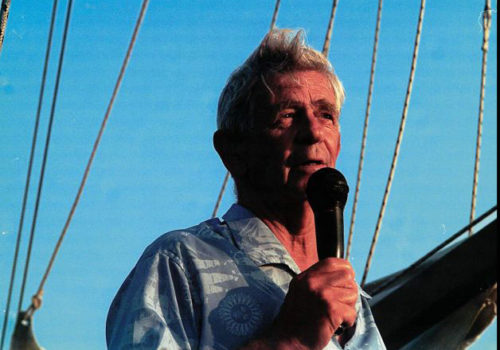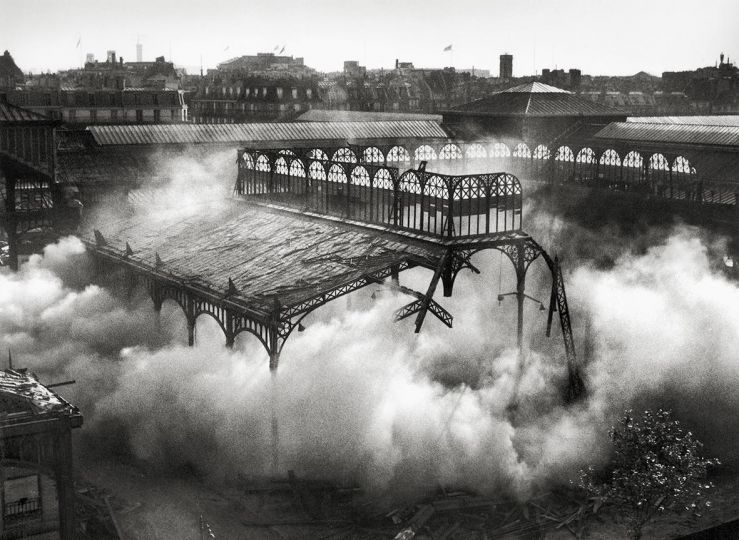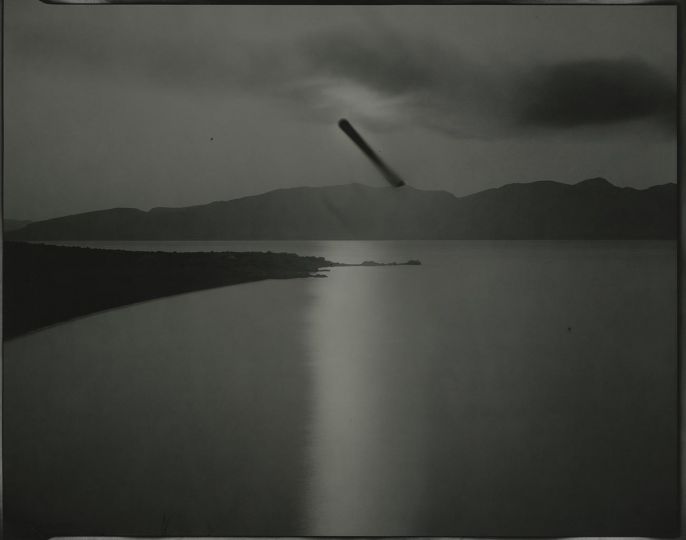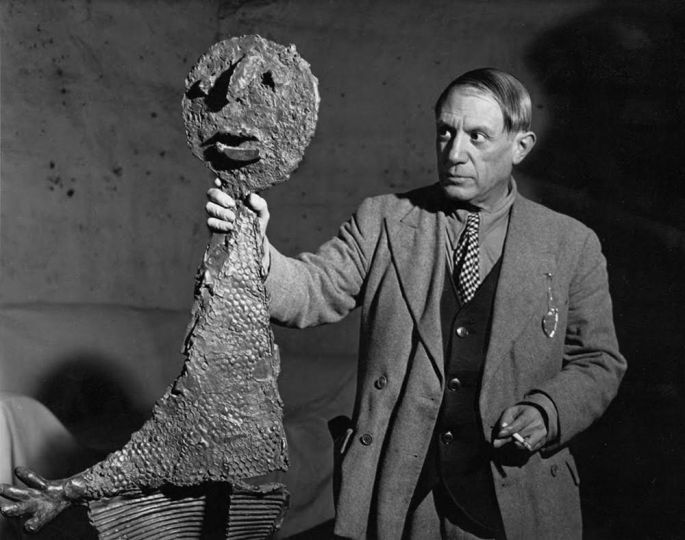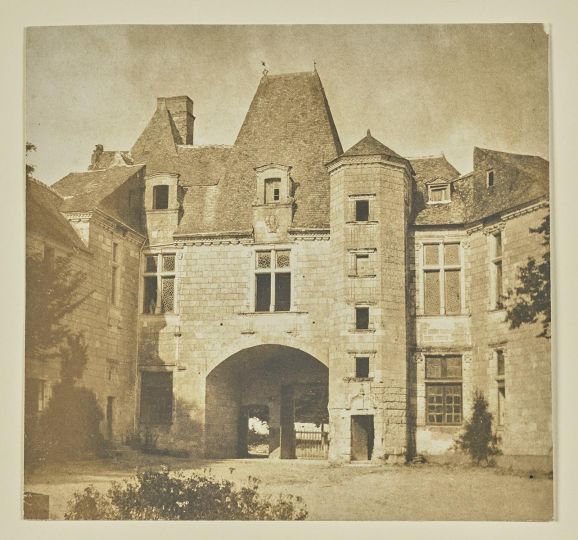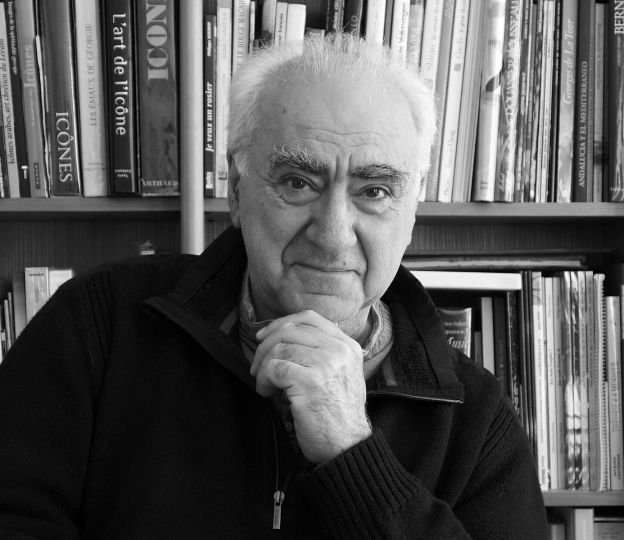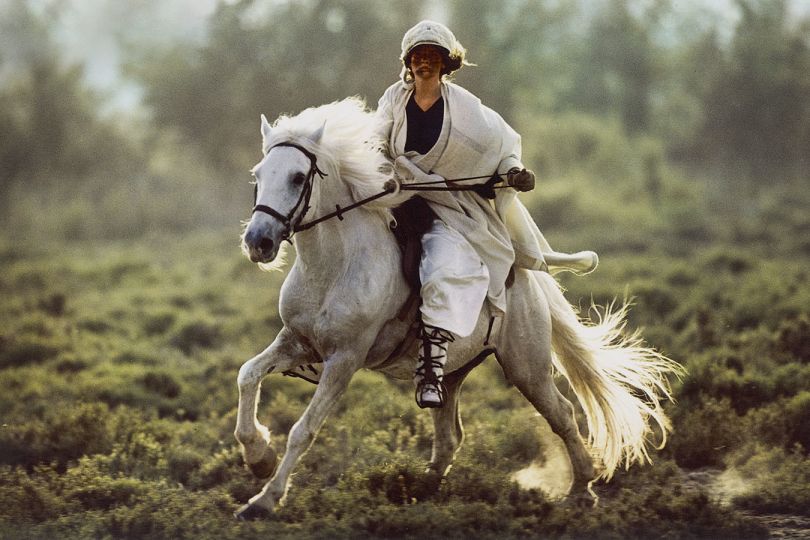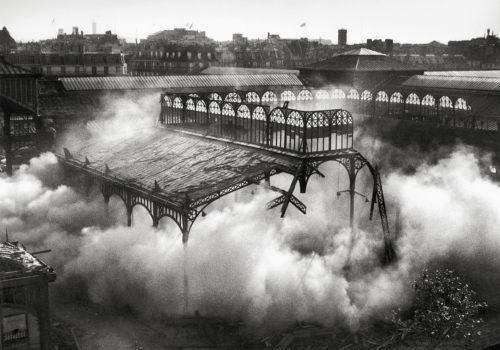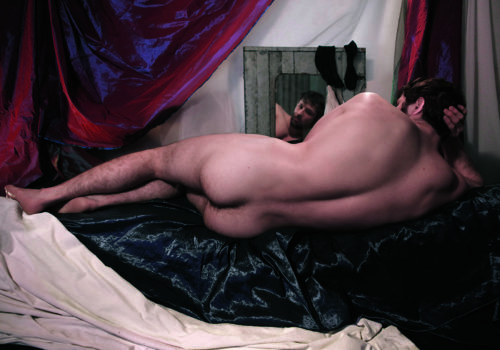A.B.C. Whipple, who as a magazine reporter helped save an iconic photograph of World War II from the censors, died March 17 in Greenwich, Conn. of pneumonia. He was 94.
Mr. Whipple was a Washington correspondent for Life Magazine in 1943, assigned to the new Pentagon, when photographer George Strock sent from the South Pacific some rolls of film including a picture of three dead American soldiers on a landing beach. The photograph was censored under a rule prohibiting the publication of close-up pictures of American soldiers killed in combat, for fear of “damaging morale on the home front.” Having spent the previous year as a Life correspondent in the Midwest (covering newly prosperous factory workers and a few war profiteers), Mr. Whipple argued that a dose of reality was what “the home front” needed. “I went from army captain to major to colonel to general,” Mr. Whipple recalled, “until I wound up in the office of an Assistant Secretary of the Air Corps., who decided, ‘This has to go to the White House.’” After some months, Mr. Whipple recalled, President Franklin D. Roosevelt cleared the photograph; Life published it as a “Picture of the Week” alongside an editorial about the reality of the war; War Bond sales skyrocketed; and the censorship rule was abolished.
At Life, Mr. Whipple helped edit the memoirs of General Douglas MacArthur and Winston Churchill; he also worked closely with such authors as James Jones, Walter Lord and Rachel Carson. Mr. Whipple was later a writer, editor of Life’s International Editions and executive editor of Time-Life Books. He retired in 1975. He also wrote more than a dozen books about his hobby, maritime history. His study of the clipper ship era, The Challenge, won Honorable Mention as a John Lyman Book Award. After his retirement, he wrote Vintage Nantucket, and Critters, an account of his uneasy relationship with the wildlife of the suburbs. Mr. Whipple taught at the Harvard-Radcliffe Publishing Procedures Course, and was a member of the editorial board of the Harper’s Dictionary of Contemporary English Usage. He served on the Historic District Commission in Greenwich, Conn., was a founder and president of the Time-Life Alumni Society, and was secretary of his Yale class.
Addison Beecher Colvin Whipple (who preferred the nickname “Cal”) was named after his maternal grandfather, who was Treasurer of New York State in the 1920s. His parents were the late Frank and Adela Colvin Whipple. He was born in Glens Falls, N.Y., on July 15, 1918, and spent most of his childhood in Suffield, Conn. He graduated from the Loomis School, from Yale University in 1940 and received an M.A. from Harvard University before being hired by Life.
His wife of 50 years, Jane Banks Whipple, an author and book indexer, died in 1993. His second wife, the former Sally Schilthuis Johnson, died in 2010. He is survived by his daughter Ann Whipple Marr of Goldens Bridge, NY, son Christopher of Manhattan; grandchildren Abigail Doft of Manhattan, Melissa Marr of South Salem, NY and Samuel Whipple; great-grandchildren James, Lucy, Matthew and Victoria Doft; five step children, 12 step grandchildren and four step great-grandchildren.

